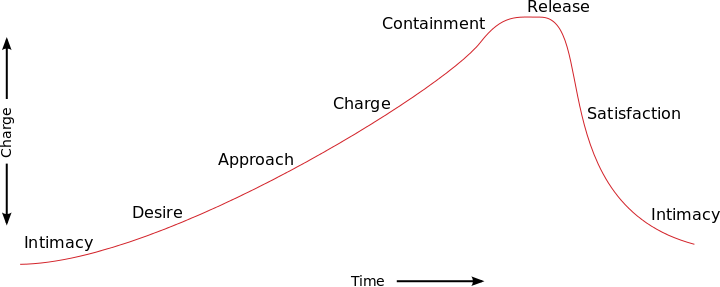“Your task is not to seek for love, but merely to seek and find all the barriers within yourself that you have built against it.” -Rumi
If you want to learn how to better yourself in order to be healthy for your next relationship, you may find that you’re more likely to learn while you’re in a relationship. In order to truly master something, you must embody it through practice.
When someone says that they need to be single for a while, I get curious about what that means for them. It’s often said right after a break-up, especially by the serially monogamous. And I very often hear it spoken in tandem with the existence of a budding relationship. So let’s dive a little deeper into this.
Our society is pretty big on dating. “You’re young!” “Live a little!” “If I were in my 20’s again….!” “You have to find out what you like!” Dating is a really important way to learn about yourself and others. And it’s fun! And awful! It’s the best! And it’s definitely the worst! I love when a client comes in after a first date. There is so darn much to explore, and it’s really fertile ground for insight into beliefs about oneself and others. First dates are also a killer place to practice somatic techniques, because you need ’em in those nerve-wracking first moments!
What our society pushes on you less frequently is exploring where you may be blocked when it comes to intimacy. Can we please make the following into catchphrases?: “You should explore that!” “Try journaling!” “What role do you think you play in that dynamic?” “Bring that up in therapy!” “What is your intuition about this?” The messages we get the most often ought to be about enriching your life through self-exploration and learning how to get the closeness and connection that we desire. Shopping around for what you like can be a tough battle without understanding your needs and their motivations.
Knowing yourself comes via many different roads. For some, it is far easier to travel new paths with another person alongside them. While I absolutely advocate for learning to do things alone, I believe that that can be done within a relationship, and I also believe that you have to honor your natural tendencies. Some people do better when they’re partnered. If you’re trying to be single, but find yourself quickly falling in love with someone new, then I’m talking to you, chum.
Often the challenge is not being alone, but in bringing your whole self into any relationship.
When we fall in love with someone, we have all kinds of glorious ideas about the relationship to come. Some of those things turn out to be reality, and some of them do not. A lot of couples break up when one or both parties discover that it won’t be exactly as they fantasized. This makes it really important to understand what you like and why you like it, as well as to uncover what prevents you from expressing your full self.
So how the hell do you do that?!
The short answer is that you have to keep yourself conscious of your process as you move through it. The best way to do that is to work with a therapist with whom you jive. You can also read some of the kick-ass relationship books that are out there (a few of my favorites are listed below), and revisit them each time you are struggling with a new part. The counsel of a person in a relationship you admire can also be tremendously powerful. But I really encourage you to be in therapy. It rocks.
The therapy room is a fabulous place to explore both how you got here, and how to move past your stuck place. We get to explore what you’ve learned about relationships, and how those lessons are helping or hindering you. And we also get to explore the therapeutic relationship as a microcosm of what happens in your life outside of therapy. This is one of the primary ways that therapy is successful in exacting change: when we encounter those stuck places in our therapeutic relationship, the process is made conscious and you get to practice how to do something different. And then you get to go apply what you’ve learned in your current or future relationships!
Loving someone completely means letting your heart swing on a trapeze with theirs. It’s absolutely terrifying, especially the first time. But the more you do it, the more comfortable you will feel- the more aware you will become of each minute shift in your movement. After a while, you won’t think about it anymore. And then occasionally, you’ll grab a bit of awareness and think, “My god, what am I doing?!” But then you’ll feel your hands gripped by theirs and you’ll realize that you’re safe. The likelihood that it will go well again increases. But it wouldn’t have had the chance to if you hadn’t risked it in the first place.
Everyone deserves a crazy awesome relationship, and that includes you.
Recommended Reading:
- Hold Me Tight by Dr. Sue Johnson
- Getting the Love You Want by Harville Hendrix
- In Quest of the Mythical Mate by Bader & Pearson
